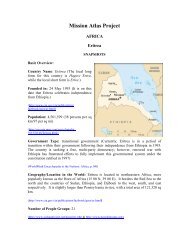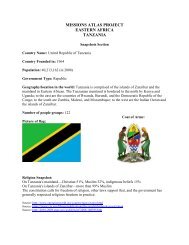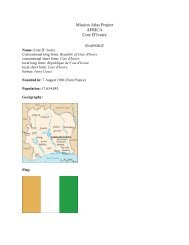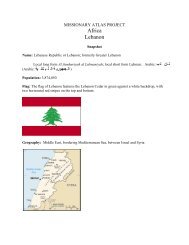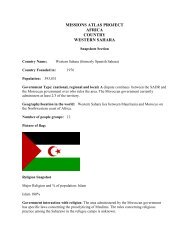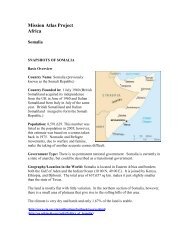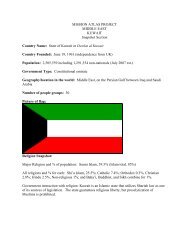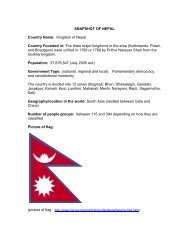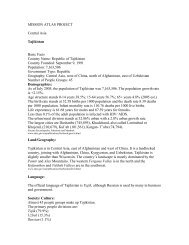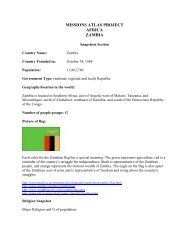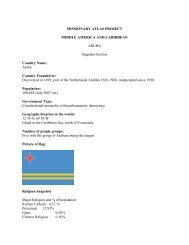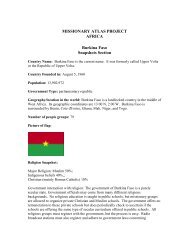Estonia Profile.pdf - WorldMap
Estonia Profile.pdf - WorldMap
Estonia Profile.pdf - WorldMap
Create successful ePaper yourself
Turn your PDF publications into a flip-book with our unique Google optimized e-Paper software.
<strong>Estonia</strong> has beautiful cities and beautiful countryside. With a majority of the peopleliving in the cities, much of the countryside has been left untouched for years allowing itto grow to its natural state.<strong>Estonia</strong> is separated into what they refer to as Higher and Lower <strong>Estonia</strong>. Many of the<strong>Estonia</strong>ns have chosen to settle in the west and the north with things being centered onindustry and service. However, in lower <strong>Estonia</strong> (the east and the south) the economy iscentered on agriculture that has yet to be as profitable as it once was. Those people on thecoast are developing the fishing and tourist trades that have helped their situations in life.Many of the people who live in the lower inlands have begun a migration to the cities.www.visitestonia.comhttp://www.estonica.org/eng/prindi.html?menyy_id=497&kateg=38&alam=45http://www.infoplease.com/ipa/A0107501.htmlHistoryThe history of <strong>Estonia</strong> can be traced back to 2500 B.C., which makes this country thelongest settled European people in Europe. The <strong>Estonia</strong>n language emerged as its ownlanguage around 500AD.13 th – 14 th CenturiesTeutonic Knights came to <strong>Estonia</strong> building castles, imposing Christianity, and bringingtheir fellow Germans with them. The Teutonic Knights were a German Roman Catholicorder founded in the 12 th century in Jerusalem. The Baltic trade routes, along with thespread of Christianity, were the reasons for taking control. At the same time, in 1219 theKing of Denmark, Waldemar II, built a fortress in the place that would later become thecity of Tallinn. However, in 1345 Denmark sold their territories to the Livoninan Order, apart of the Teutonic Knights after some two years of uprisings.16 th – 17 th CenturiesDuring the 16 th century, Russia, Poland, and Sweden began taking an interest in <strong>Estonia</strong>.In 1561, the nobility of northern <strong>Estonia</strong> received the protection of Sweden while theKnights continued to be expelled from <strong>Estonia</strong>. By 1591, the Teutonic Knights had beencompletely run out of <strong>Estonia</strong>. Until 1645, Poland had possession of the southern portionof <strong>Estonia</strong>, including Tartu. However by 1645, Sweden had taken control of the entireregion. The 1670’s and 1680’s led to many developments by the Swedes that benefitedthe people, one of which was the formation of the University of Tartu in 1632. Thisbenefited the people, but the nobility became resentful of the Swedes success.18 th – 19 th CenturiesIn 1721, <strong>Estonia</strong> was granted to Russia as spoils of war from the Great Northern Warbetween Sweden and Russia. Peter the Great returned the power of the <strong>Estonia</strong>n nobility




